In Lakota spirituality, leaders speak about dealing with a Nuclear Age world out of balance, life after death, and overcoming drugs, money and emptiness. Lakota history and the Seven Sacred Rites are discussed.
Lakota History: Nomadic Hunter Gatherers
The Lakota people are the western-most of the three groups belonging to a political body called Titonwan, occupying lands in both North and South Dakota. The Lakota have historically been a nomadic hunter-gatherer people who organized their lives and ceremonies around movement of the sun and stars. They acquired the horse around 1700 and became a dominating force within the Missouri River Basin by virtue of their skills as mounted equestrians.
Lakota also designates the language spoken by the seven bands of the Oceti Sakowin (seven councilfires): Oglala (They Scatter Their Own), Sichangu (Burned Thighs, also known as Brule), Mnicoujou (Planters by the Water), Itazipcho (Sans Arcs or Without Bows), Oohenumpa (Two Kettles), Sihasapa (Blackfeet), and Hunkpapha (End of the Camp Circle). In the past, the Lakota occupied areas of what are now Montana, Wyoming, North and South Dakota, and Nebraska, their resource based being the buffalo, elk, deer and other large mammals as well as fruits, seeds, roots, and tubers.
STORY: Leonard Peltier Survives in the Spirit of Crazy Horse
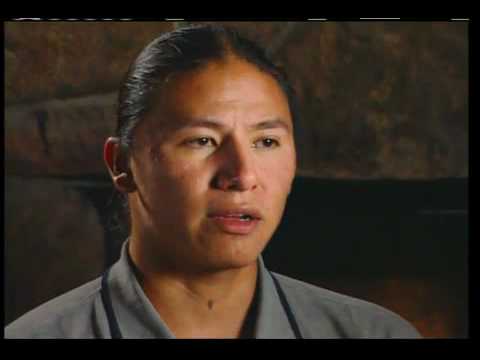
Watch this video on YouTube
Wallace Black Elk, David Swallow Jr., Nathan Chasing Horse, spiritual leaders share Lakota insights and generational experience. Sad to say, Nathan Chasing Horse is now facing criminal charges, and maybe fell victim to the very forces he discusses in the video.
The Encyclopedia of Religion (Powers 1987, Garrett 2005, Martin 2005) examines the Lakota spiritual cosmology, referring to the inclusion of He Sapa, the Black Hills, in Lakota-held lands by treaties. After the discovery of gold by Custer’s forces in 1875, He Sapa was taken illegally for white settlement, still contested and in litigation today, although in the early 1980s the U.S. Supreme Court established once and for all that the Lakota hold exclusive title to the Black Hills. He Sapa, sometimes known as Paha Sapa, is land considered sacred by the Lakota and other Plains tribes. It is known as wa-maka ognaka y cante (the heart of everything that is).
During the westward movement by gold seekers and immigrants, the Lakota defended their lands under such leaders and strategists as Red Cloud, Crazy Horse, Sitting Bull, Gall, American Horse, and Rain in the Face. The Lakota were notably present at the victory of Greasy Grass (the Little Bighorn) and the subsequent defeat of George Armstrong Custer and the Seventh Calvary on June 25, 1876.
STORY: Wolakota Buffalo Range: Bringing Back Tatanka with Wizipan Little Elk
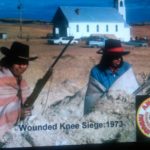
Lakota Religious Traditions: The Great Mystery
For the Lakota, religion is not compartmentalized into a separate category. More appropriately, Lakota traditions and spirituality are fully integrated into a life rhythm including all aspects and patterns of the universe. At the center of this rhythm is Wakan Tanka or Tunkashila, sometimes translated as Grandfather and often as Great Spirit or Great Mystery, but better left untranslated. Chanunupa Wakan (the sacred pipe) and the subsequent smoke carries messages from humans to Wakan Tanka.
Seven Sacred Rites
According to contemporary Lakota oral historical accounts and discussions with elders, the following is a description of the Seven Sacred Rites of the Lakota that came from the Encyclopedia of Religion. Handed down from White Buffalo Calf Woman, Wicoh’an Wakan Sakowin (Seven Sacred Rites) have been recorded by Joseph Brown in the words of Nicholas Black Elk in The Sacred Pipe: Black Elk’s Account of the Seven Sacred Rites of the Oglala Sioux.
First Rite. The first of the Seven Sacred Rites (though not chronological) is Inikagapi or Inipi (to renew life). A sweat lodge is held in a dome-shaped structure made of willow saplings and covered with hide or tarps that symbolizes the shape of the universe and/or the womb of a pregnant woman. Heated stones are placed in a central hole in the lodge and water is poured over them by an itancan (leader) to create steam. The purpose of the ceremony is to pray for health and well-being, spiritually and physically.
Second Rite. The second rite is Hanbleceyapi (crying for a vision). The vision quest is undertaken by an individual with the help and guidance of a holy man. A person elects to go on a quest to pray, communicate with the spirits, and attempt to gain knowledge, strength, and understanding. The person pledges to stay on an isolated hill for one to four days with a blanket and a pipe, but without food or water. Upon returning, the vision may be discussed with the wicasa wakan (holy man). Often the meaning of the vision is not readily apparent and the individual may be told to wait for knowledge and understanding.
STORY: Lakota Tribal Sovereignty and Self Determination
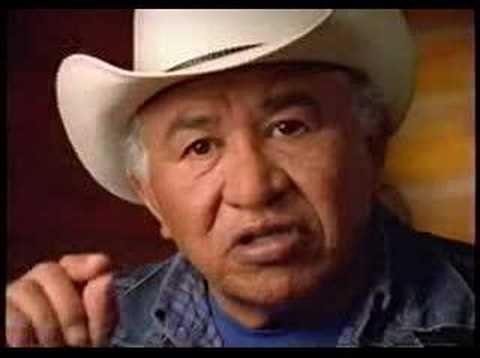
Watch this video on YouTube
Albert White Hat of the Lakota Nation talks about his vision quest in the late 1960s.
Third Rite. The third rite is Wanagi Wicagluha (keeping of the spirit). Spirit keeping is a rite performed by a mourner for one year to grieve for a lost loved one. When a person dies the spirit can linger around the family and community. According to Black Elk, “this rite purifies the souls of our dead, and our love for one another is increased” (p. 10). A special place is set up for the spirit, who is fed every day. Members of the family and community can come and visit, eat, and sit with the spirit and family. After one year the spirit is ceremonially released and the mourning period is formally ended. It is usual among the Lakota for the mourning family to refrain from attending or participating in secular activities, gatherings, or events during this formal grieving period.
Fourth Rite. The fourth rite is Wiwanyang Wacipi (sundance). The Sun Dance is often considered the most important rite, and it is held during the summer when the moon is full. In times past a number of Plains bands of the Lakota would gather at a prearranged location for the annual meeting of the Oceti Sakowin; this was the occasion prior to Greasy Grass. It was during this annual gathering that the Sun Dance ceremony was held. During the ceremony, dancers pledge to make offerings of their flesh so that “much strength would be given to the nation” (p. 99) and to fulfill personal vows. The choice to participate is solely that of each individual. It is usually the result of receiving a sacred dream or is undertaken to seek assistance in healing a sick loved one. The sacred tree that is placed at the center of the dance area symbolizes Wakan Tanka, the center of the universe.
STORY: Lakota Vision: White Buffalo Calf Woman and World Harmony
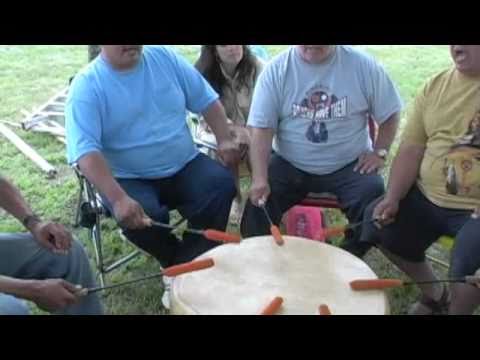
Watch this video on YouTube
Fifth Rite. The fifth rite is Hunkapi (making relatives). It establishes a “relationship on Earth, which is a reflection of that real relationship” with Wakan Tanka (p. 101). It was usually performed to unite a younger person with a family, and it can be a way of solidifying relationships with other individuals as well as Wakan Tanka. This ceremony represents the formal adoption of people as relatives.
Sixth Rite. The sixth rite is Isnati Awicalowanpi (puberty ceremony). The ceremony takes place after a girl’s first menses, and prayers are said to ensure she will grow up to have all the virtues of a Lakota woman and understand the meaning of her new role, and to formally announce her eligibility as a potential wife and mother.
Seventh Rite. In place of Tapa Wankayeyapi (throwing the ball), a game “which represents the course of a man’s life,” is no longer in use. Instead, I include the vital religious practice known as Yuwipi, which became popular in the twentieth century. It encompasses a number of cultural concepts related to traditional life and problems confronting contemporary Lakota peoples. This rite is performed in a darkened room under the supervision of a Yuwipi man or wicasa wakan. The object is to cure a person and at the same time to pray for the general welfare of all Indian people and for long life for the kinship group. Some Yuwipi men possess an exceptional ability that allows them to locate lost items or people.
See Also: Visionary Art of Lakota Sundance Chief Marvin Swallow
BIBLIOGRAPHY
Brown, Joseph Epes, ed. The Sacred Pipe: Black Elk’s Account of the Seven Sacred Rites of the Oglala Sioux. Norman, Okla.,1953. An interview during the winter of 1947 with the Lakota medicine man Nicholas Black Elk on the Seven Sacred Rites, inspired by earlier interviews by John G. Neihardt.
Deloria, Ella C., ed. Dakota Texts. New York, 1932. The best bilingual compilation of Lakota mythological texts by an author who was both Lakota and an anthropologist.
Densmore, Frances. Teton Sioux Music. Washington, D.C., 1918. Contains a number of interviews with Hunkpapa medicine men, transcriptions and translations of sacred songs, and vivid ethnographic accounts of most of the sacred ceremonies.
“Lakota Religious Traditions.” Encyclopedia of Religion. Encyclopedia.com. 14 Nov. 2018 <https://www.encyclopedia.com>.
Powers, William K. Yuwipi: Vision and Experience in Oglala Ritual. Lincoln, Neb., 1982. A translation of a Yuwipi ceremony indicating the relationship between Yuwipi, sweat lodge, and vision quest. Includes a chapter on the history of Yuwipi at Pine Ridge.
WILLIAM K. POWERS (1987) JAMES GARRETT (2005) KATHLEEN J. MARTIN (2005)
Updated 13 March 2023

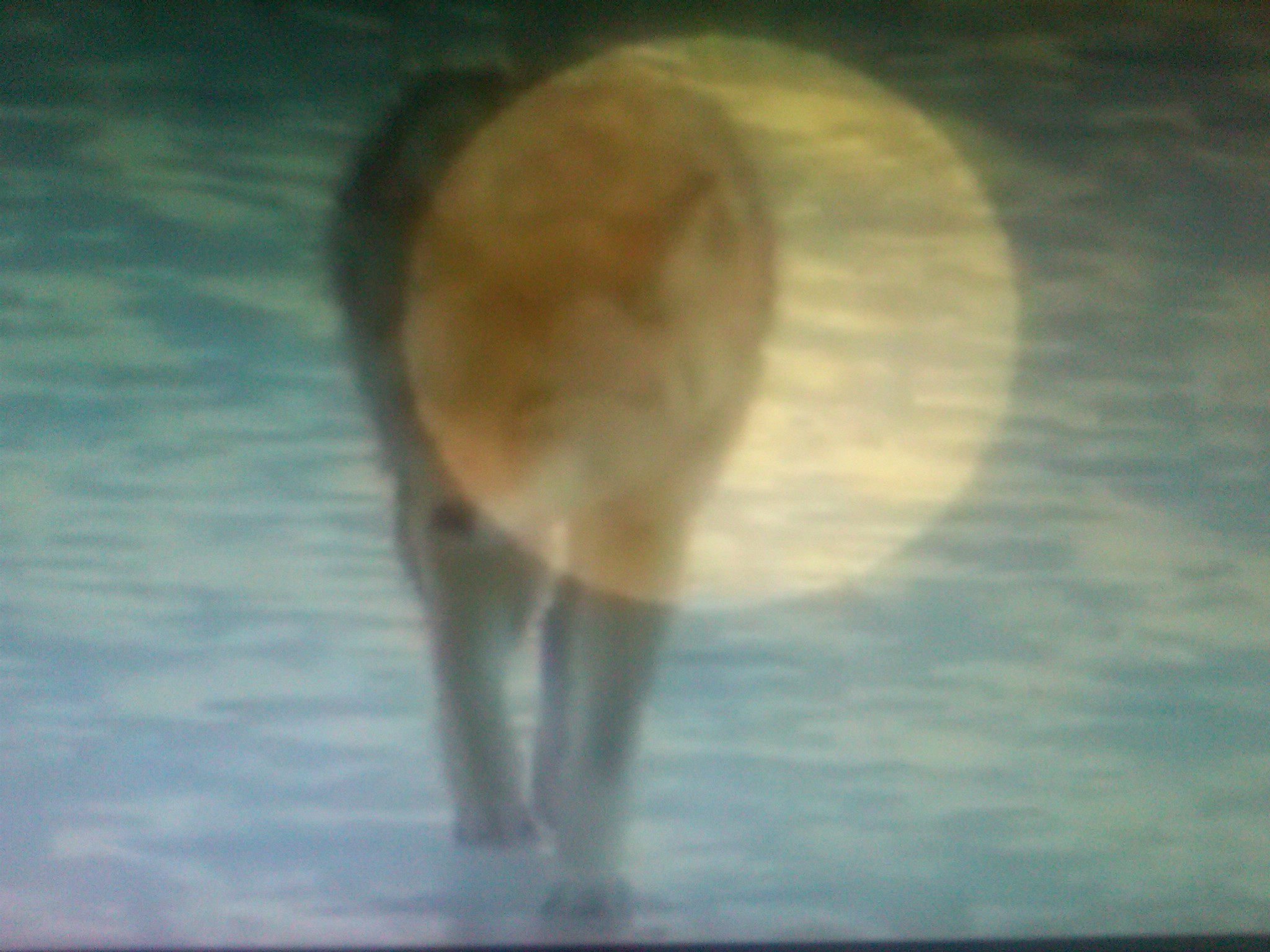

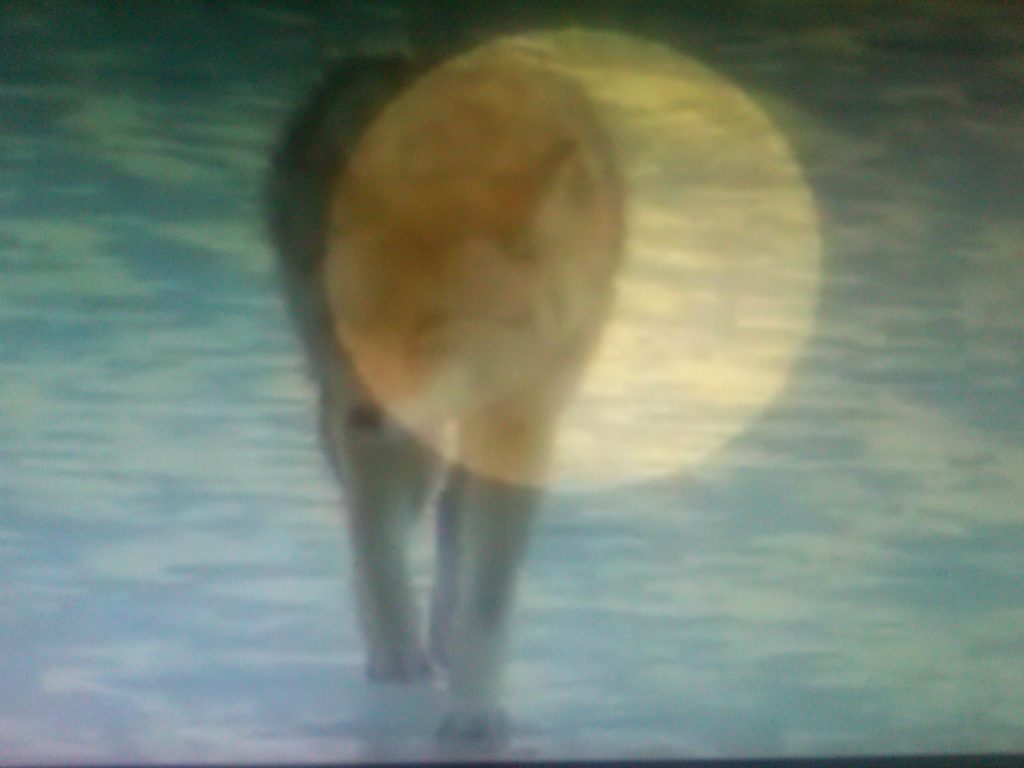
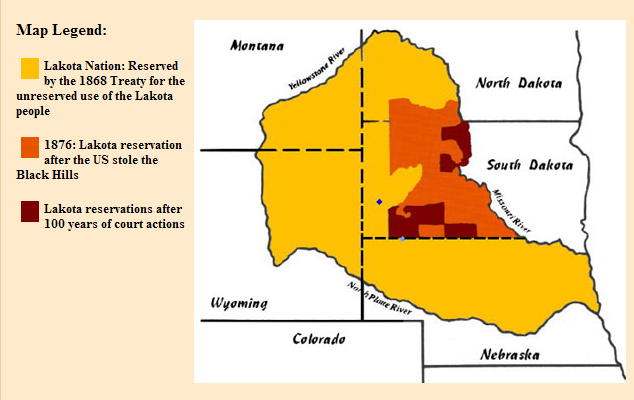

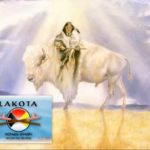
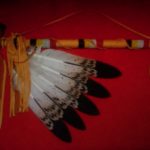
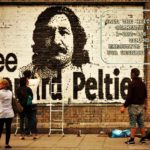
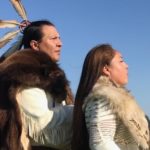






Pingback: Lakota Vision: White Buffalo Calf Woman and World Harmony | WilderUtopia.com
Pingback: David Swallow: People Connected With Spirit and Sacred Places | WilderUtopia.com
Pingback: Earth Day: Sustainability Movement Heals Humanity in the Wild | WilderUtopia.com
TRUE short storie: E.V.P.- Time:3:45 AM.-Date 10/2012- Place Great Salt Lake Area,Utah- LaKota-translated to English, “LISTEN!!! Soon to come! All People shall perish from the ground, PtesanWi, which translates to White Buffalo Calf Woman.” I also witnessed her image on the outside of a building window in white powder-like chaulk and next year on 2/13 all pine cones opened up one night standing underneath a pine tree…one of my friends asked for a sign that if it was really her he needed a sign. The opening of the pine cones sounded like fire crackers! Security Officer in that area for 5 years and I believe….Do You?? Also on EVP she named me Night Hawk and I am part Chippewa Native American.
Very beautiful in many ways, Lela waste for all who took part in the cultural,traditional history of our ancestors it is being lost in many ways, because of not giving time to our relationship, children of where we came from, our customs our lively hood.. I feel I was blessed by many elders for teaching me, through out my years, what beauty and life we have in our race our traditions, customs and religion.. Since the Europeans came we have lost a lot of respect, and value for who we are.. Pelamayaye.. Mitakuye Oyasin
Pingback: Water is Life: Native Nations Stopping Dakota Access Pipeline | WilderUtopia.com
Your comments are powerful and inspiring for anyone whom crys for a vision. Non-Indian people and some brother and sister ‘skins’ who do not understand our people’s history and sacred traditions could use your inspiring experiences to help them walk the good red path. Black Elk reminds us to open our arms and hearts to those who sincerely wish to learn and respect the ways to understand our spirituality. In the world of today so many ‘washisu’ and ‘skins’ are looking for something to believe in that gives spiritual comfort and guidance in world of greed, corruption, and selfishness. As a brother, you know the first responsibility of a warrior is to protect, help look after our elders, and children who must have a good example of how to live the life of customs, traditions, and spiritual ways of The Seven Rites given to us by the White Buffalo Calf Woman.
And, help the tiosphaye,family circle, stay strong. We must always put ourselves last which puts our people first. Whoopila, whoopila! Tunskasilas. Oh o Mitakuyue Oysin.
I have lost my wife of 40 years and because I’ve been I’ve been estranged from my family because of my drinking I wish two more her properly I’ve cut my hair attended as Sundance looking for other directions that might help thank you
I am seeking greater wisdom and spiritual connection with all my relations. I hope to learn how to become one with all God’s creation to become spiritually wise and be a blessing to all who I encounter.
I believe in the spiritual connection of all things and seek my proper place and a Truer understanding.
God Bless You Brothers…I hope a lot,can know You,Someday. MITAKUYE OYASIN
Pingback: The Afterlife Love – 056 | Love in America
Thank you!
Thank you… This has helped me understand what I haver been experiencing .. I am a artist who lives in Kangaroo Island , South Australia. Before our island’s terrible bush fire in January, 2020, I recognised in my paintings a white calf , a buffalo calf. I have Parkinsons disease which meant my paintings were burned, as I had no way of getting them out to safety. I have been ill and needed to be woken every 3 hours. In the last week, my dreams have returned In the last 3 months I have had quite a remarkable return to where I can now kayak again and walk . My dreams have been vivid. I sleep talk very loudly. There is a First Nation / spirit who has wings not of feathers but they are a white bison attached by vertebrae bone to his back.
Pingback: Joanna Macy and The Great Turning – EcoJustice Radio
This keeps me in balance, Thank you for sharing this.